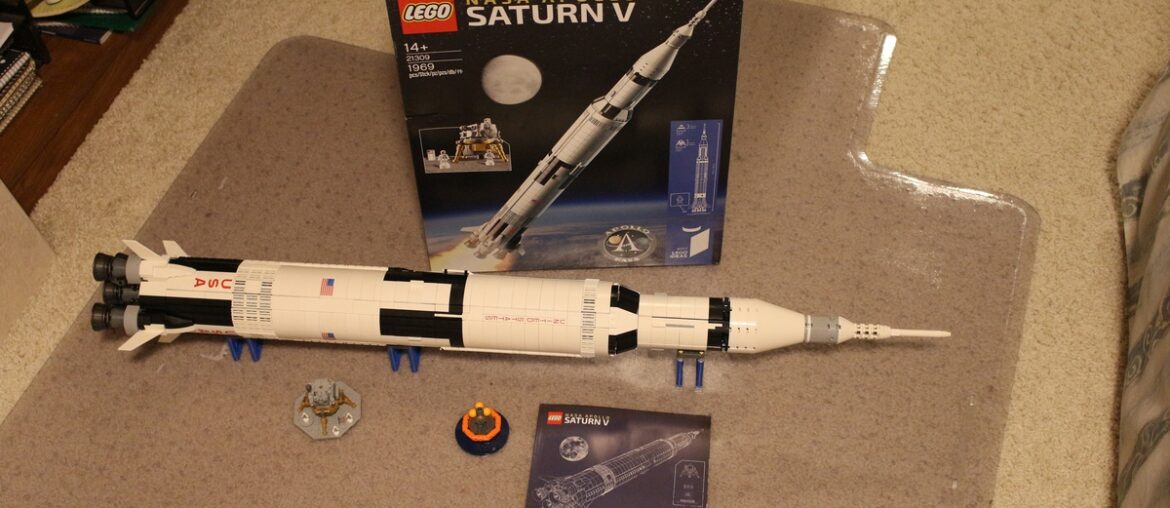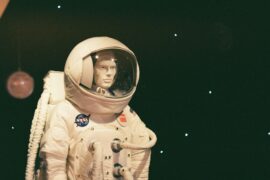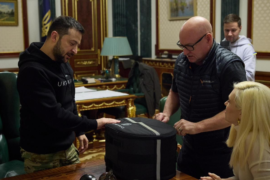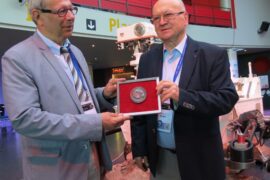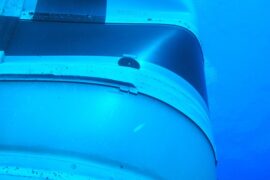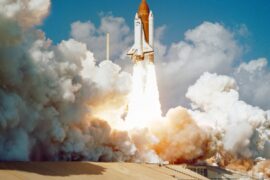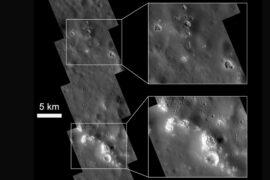Few programs changed how we think about human spaceflight like Apollo — a sequence of tests, crewed flights, lunar landings and hardware demonstrations that moved technology and procedures forward over more than a decade.
There are 22 Apollo Missions, ranging from AS-201 to Apollo-Soyuz Test Project. For each mission you’ll find below Launch date (YYYY-MM-DD),Crew,Primary objective & outcome, presented so you can quickly see when it flew, who was aboard, and whether key goals were achieved — you’ll find below.
Which Apollo mission first landed humans on the Moon?
Apollo 11 achieved the first crewed lunar landing on 1969-07-20, with Neil Armstrong and Buzz Aldrin walking on the surface while Michael Collins stayed in lunar orbit; the entry for Apollo 11 in the list shows the launch date, crew, and the mission’s primary objective and outcome.
How can I use the list to compare mission objectives and results?
Use the Launch date (YYYY-MM-DD),Crew,Primary objective & outcome columns to sort chronologically or scan by crew composition and mission goals — the “Primary objective & outcome” field summarizes whether a mission was a test, a landed sortie, a docking, or a technology demonstration, making comparison and trend spotting straightforward.
Apollo Missions
| Mission | Launch date (YYYY-MM-DD) | Crew | Primary objective & outcome |
|---|---|---|---|
| AS-201 | 1966-02-26 | Unmanned | Test CSM heat shield; successful suborbital CSM flight |
| AS-203 | 1966-07-05 | Unmanned | Study S‑IVB fluid behavior in microgravity; successful tank data |
| AS-202 | 1966-08-25 | Unmanned | End-to-end CSM systems hot-fire test; successful suborbital flight |
| Apollo 1 (AS-204) | 1967-02-21 | Gus Grissom (Cmdr), Ed White (CMP), Roger Chaffee (LMP) | Planned Earth orbital CSM test; tragic cabin fire killed crew |
| Apollo 4 (AS-501) | 1967-11-09 | Unmanned | First Saturn V test; successful high-energy shakeout |
| Apollo 5 (AS-204L) | 1968-01-22 | Unmanned | Test Lunar Module in Earth orbit; successful LM ascent/descent |
| Apollo 6 (AS-502) | 1968-04-04 | Unmanned | Second Saturn V test; partial successes with pogo/engine issues |
| Apollo 7 | 1968-10-11 | Wally Schirra (Cmdr), Donn Eisele (CMP), Walter Cunningham (LMP) | Earth orbital CSM crewed test; mission successful |
| Apollo 8 | 1968-12-21 | Frank Borman (Cmdr), Jim Lovell (CMP), Bill Anders (LMP) | First crewed lunar orbit; successful lunar orbit and return |
| Apollo 9 | 1969-03-03 | James McDivitt (Cmdr), David Scott (CMP), Russell Schweickart (LMP) | Earth-orbit LM and EVA test; successful LM operations |
| Apollo 10 | 1969-05-18 | Thomas Stafford (Cmdr), John Young (CMP), Eugene Cernan (LMP) | Dress rehearsal for landing; lunar orbit, LM descent to ~15 km |
| Apollo 11 | 1969-07-16 | Neil Armstrong (Cmdr), Michael Collins (CMP), Buzz Aldrin (LMP) | First lunar landing; successful landing and return |
| Apollo 12 | 1969-11-14 | Charles “Pete” Conrad (Cmdr), Richard Gordon (CMP), Alan Bean (LMP) | Precision lunar landing; successful two-EVA surface work |
| Apollo 13 | 1970-04-11 | James Lovell (Cmdr), Jack Swigert (CMP), Fred Haise (LMP) | Lunar landing aborted after explosion; safe Earth return |
| Apollo 14 | 1971-01-31 | Alan Shepard (Cmdr), Stuart Roosa (CMP), Edgar Mitchell (LMP) | Resume lunar landings; successful landing and science EVAs |
| Apollo 15 | 1971-07-26 | David Scott (Cmdr), Alfred Worden (CMP), James Irwin (LMP) | Extended lunar science J‑mission with rover; successful EVAs |
| Apollo 16 | 1972-04-16 | John Young (Cmdr), Thomas Mattingly (CMP), Charles Duke (LMP) | Highland geology exploration with rover; successful mission |
| Apollo 17 | 1972-12-07 | Eugene Cernan (Cmdr), Ronald Evans (CMP), Harrison Schmitt (LMP) | Final Apollo lunar landing; successful scientific mission |
| Apollo 18 | 1973-02-21 | Canceled | Planned lunar landing; formally canceled due to budget cuts |
| Apollo 19 | 1973-07-20 | Canceled | Planned lunar landing; formally canceled due to budget cuts |
| Apollo 20 | 1974-02-01 | Canceled | Planned lunar landing; formally canceled due to budget cuts |
| Apollo-Soyuz Test Project | 1975-07-15 | Thomas Stafford (Cmdr), Vance Brand (CMP), Deke Slayton (LMP) | US‑Soviet docking and joint operations; successful international linkup |
Images and Descriptions
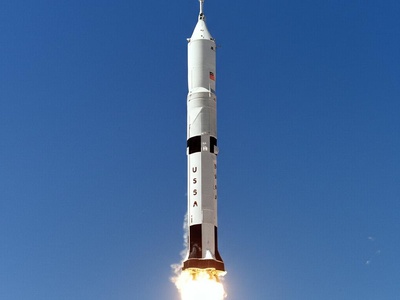
AS-201
First Apollo Command/Service Module flight on a Saturn IB suborbital trajectory; verified heat shield performance and guidance systems, proving key CSM systems for future crewed flights.

AS-203
No Apollo spacecraft aboard: an S‑IVB stage zero‑g propellant behavior test that informed lunar-injection restart plans and upper-stage fluid management for translunar burns.

AS-202
High-energy suborbital test of the CSM heat shield, engine and systems; provided flight-data confidence for later crewed missions and heat-shield margin verification.
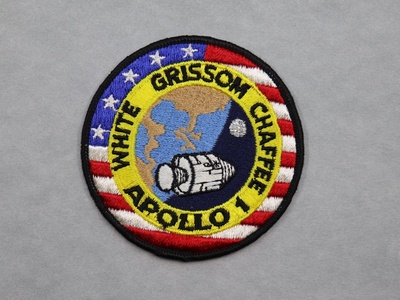
Apollo 1 (AS-204)
Planned as the first crewed Apollo flight, the January 27, 1967, ground-test fire killed all three astronauts and prompted major spacecraft design and safety overhauls.
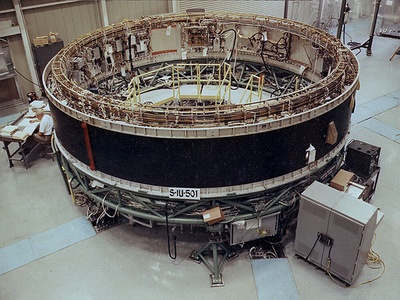
Apollo 4 (AS-501)
First flight of the Saturn V with an unmanned CSM; validated Saturn V performance and stage separation, a critical milestone toward lunar missions.

Apollo 5 (AS-204L)
First flight of the lunar module (LM‑1) tested for controlled descent and ascent in Earth orbit, proving LM propulsion and staging for future landings.
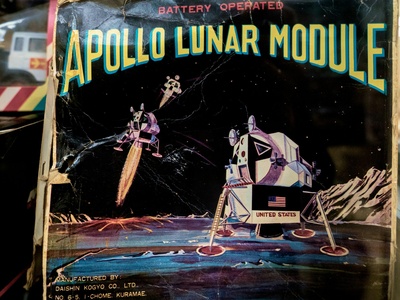
Apollo 6 (AS-502)
Unmanned Saturn V demonstration to validate high-energy trans-lunar capabilities; suffered structural and engine osciallation issues but provided crucial failure data.
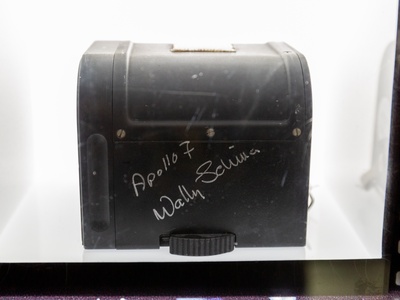
Apollo 7
First crewed Apollo flight after the Apollo 1 fire; three‑week rehearsal of CSM systems and crew procedures restored confidence in the program.
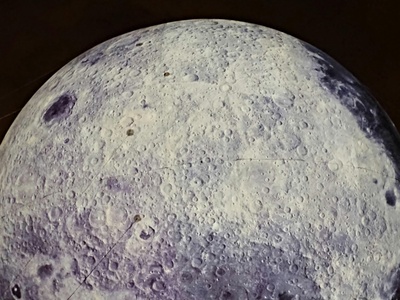
Apollo 8
Historic first crewed trip to lunar orbit, famous for Earthrise photos and live Christmas Eve broadcast reading Genesis.
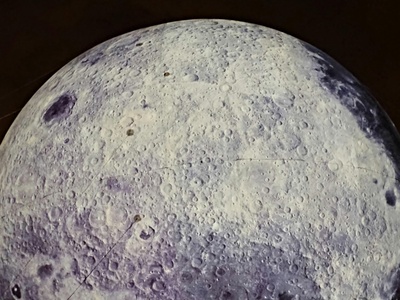
Apollo 9
Full test of the lunar module in Earth orbit, including docking, undocking and Schweickart’s EVA, validating crewed lunar docking and LM performance.
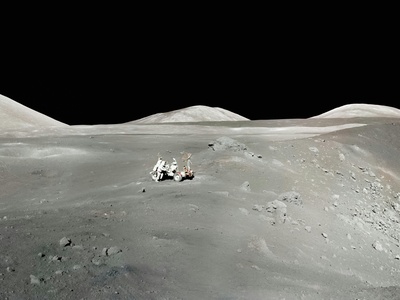
Apollo 10
A full lunar landing rehearsal: LM descended close to the surface but did not land, testing procedures and communications for Apollo 11.
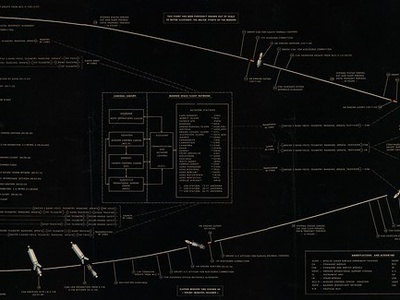
Apollo 11
Historic first humans on the Moon; Armstrong and Aldrin walked on July 20, 1969, returning samples and marking a major spaceflight milestone.

Apollo 12
Second lunar landing demonstrated pinpoint targeting (within tens of meters) and extensive surface science including returning Apollo hardware samples.
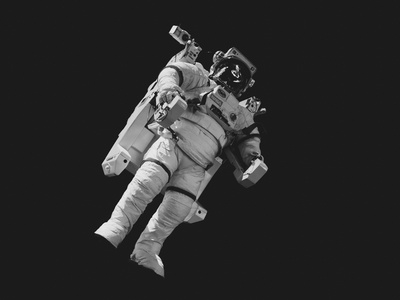
Apollo 13
An oxygen-tank explosion forced abort of the lunar landing; crew returned safely through improvised life‑support and trajectory solutions.
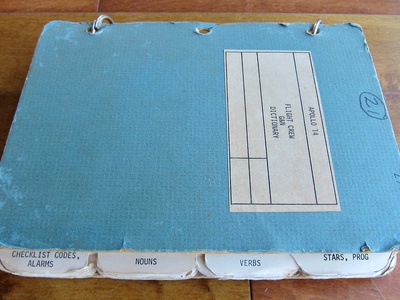
Apollo 14
Returned lunar landing capability after Apollo 13, with extensive geology work and Shepard famously hitting a golf ball on the Moon.
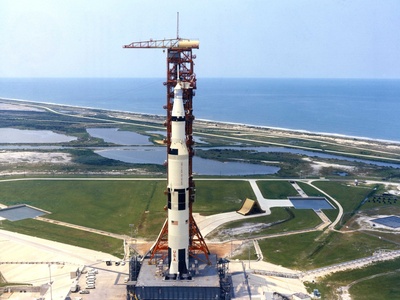
Apollo 15
First of the “J‑missions” with a Lunar Roving Vehicle, enabling longer traverses, deeper science and the famous Hadley Rille investigations.
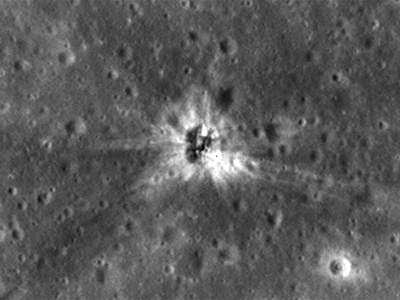
Apollo 16
Conducted detailed geological fieldwork in the lunar highlands using the rover, returning important samples that refined lunar history.
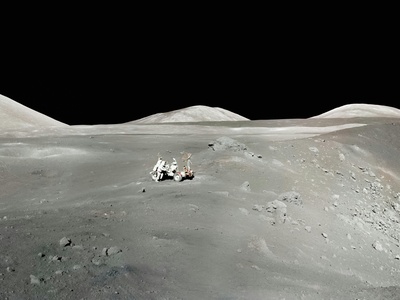
Apollo 17
Last crewed lunar landing; geologist Harrison Schmitt boosted scientific return with longer EVAs and extensive sample collection.
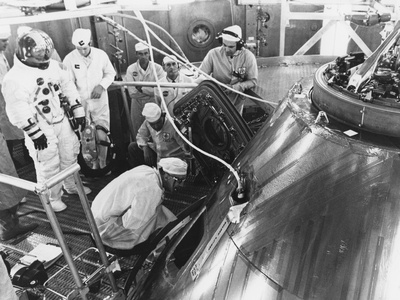
Apollo 18
One of the three officially canceled lunar missions (Apollo 18); cancellation ended plans for continued lunar exploration and reallocated hardware.
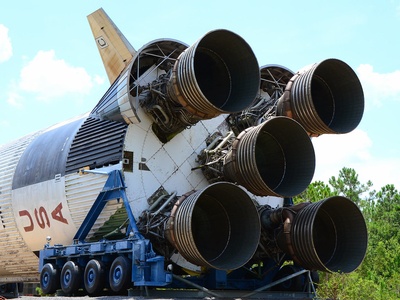
Apollo 19
Canceled mission that would have carried on lunar surface science; its cancellation reflected shifting priorities and budget constraints.
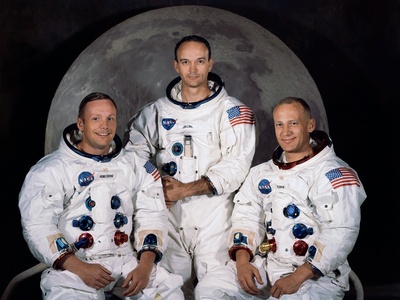
Apollo 20
Final officially canceled Apollo lunar mission; hardware and goals were repurposed or retired as Apollo wound down.

Apollo-Soyuz Test Project
Final Apollo‑designated flight: an Apollo CSM docked with a Soyuz for international cooperation, testing rendezvous, docking and joint experiments.
Enjoyed this article?
Get daily 10-minute PDFs about astronomy to read before bed!
Sign up for our upcoming micro-learning service where you will learn something new about space and beyond every day while winding down.

